Reviving Your Double Glazing: A Complete Restoration Guide
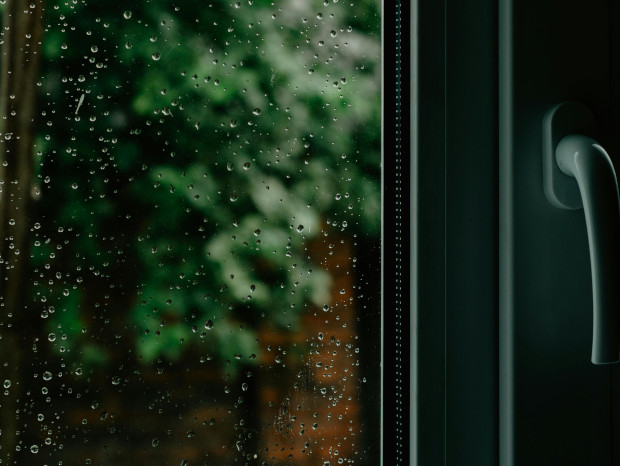
Reviving Your Double Glazing: A Complete Restoration Guide
When your double glazed windows start showing signs of age, it doesn’t always mean you need a complete replacement. Many homeowners seeking double glazing repair in Southampton and surrounding areas are discovering that with proper assessment and the right techniques, common issues can be effectively addressed. This comprehensive guide explores the art of double glazing restoration, with practical solutions for breathing new life into your existing windows without the expense of full replacement. Read on to learn everything you need to know about reviving your double glazing.
Identifying Restoration Opportunities
Before deciding whether your double glazing can be restored, it’s important to conduct a thorough assessment. Several key indicators suggest your windows might be candidates for restoration rather than replacement.
Foggy or misty glass panels don’t always require a full window replacement. In many cases, the sealed unit can be carefully removed, cleaned, and reinstalled or replaced while keeping the existing frame. Operational difficulties where windows stick, jam, or are difficult to open and close can often be restored with mechanism repairs, realignment, and proper lubrication. Drafts and minor air leaks from deteriorated weatherstripping and seals can be replaced without removing the entire window unit, restoring thermal performance. Even cosmetic frame damage like surface scratches, minor discolouration, or localised damage on frames can typically be repaired using specialised fillers and refinishing techniques.
However, some situations genuinely call for replacement rather than restoration. Extensive frame rot or structural damage, multiple failed sealed units in windows less than 10 years old (indicating manufacturing defects), frames that have significantly warped or distorted, and windows with outdated single glazing that you wish to upgrade to double glazing are all scenarios where replacement might be the better option.
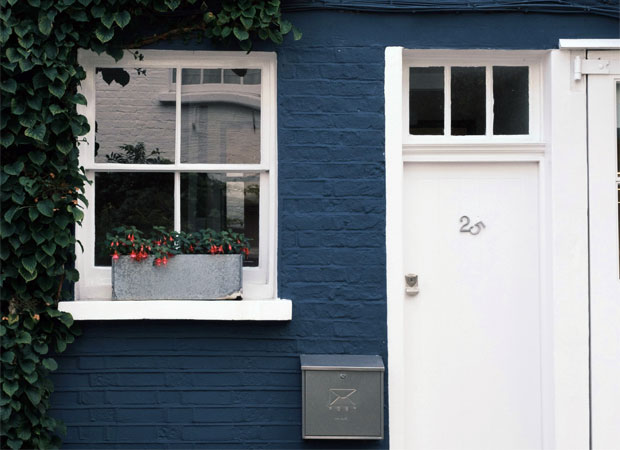
Professional Restoration Techniques
Sealed Unit Replacement
The most common restoration approach involves replacing just the glass unit while retaining the existing frame. The process begins with careful removal of beading or glazing tape, followed by extraction of the failed sealed unit. Technicians then thoroughly clean the frame rebate and install new weather seals if required. A new sealed unit with appropriate specification glass is fitted, and beading or new glazing tape is securely reinstalled. This approach typically costs 50-70% less than full window replacement while delivering comparable thermal improvements.
Defogging Services
Some specialised companies offer “defogging” services for windows with condensation between panes. Small holes are drilled in the outer pane, and the interior space is thoroughly cleaned using specialised equipment. An anti-fog solution is applied to interior surfaces, and the drilled holes are sealed with transparent plugs or resin. While not a permanent solution for every situation, this can extend window life by 5-7 years at approximately 30% of replacement cost.
Mechanical Overhaul
For windows with operational issues, a comprehensive mechanical overhaul can restore functionality. Hinges, locks, and handles are removed, cleaned, and lubricated or replaced as needed. Moving parts are adjusted for proper alignment, while friction stays are rebalanced or upgraded. Technicians recalibrate locking mechanisms and tighten all fixings to ensure they’re properly secured. This comprehensive service restores smooth operation and often improves security at the same time.
Frame Restoration
For cosmetically damaged frames, restoration techniques vary depending on the material. UPVC frames benefit from thorough cleaning with specialised cleaners, filling of minor damage with colour-matched repair compounds, polishing to restore shine and remove oxidation, and application of UPVC restorer to prevent future discolouration.
Aluminium frames require removal of oxidation and corrosion, application of touch-up paint to damaged areas, and treatment with protective coating to prevent future deterioration.
Timber frames need more extensive care, including removal of flaking paint or varnish, repair of minor rot with wood hardeners and fillers, careful sanding and preparation of surfaces, and application of microporous paint or stain systems to provide long-lasting protection while allowing the wood to breathe.
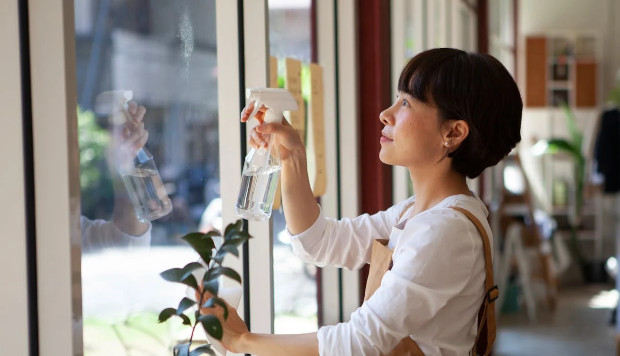
DIY Restoration Projects
While some restoration tasks require professional skills and tools, homeowners can tackle many maintenance tasks to extend window life themselves.
A comprehensive cleaning protocol goes beyond routine window washing. For frames, start with gentle cleaning using warm soapy water—dish soap works well for this purpose. Use a soft brush for textured surfaces and crevices, rinse thoroughly with clean water, and apply specialised UPVC or aluminium cleaner for stubborn marks. White UPVC that has yellowed can often be restored with a cream cleaner that contains gentle abrasives.
When cleaning glass, use a quality glass cleaner or vinegar solution (1:10 with water), applied with a microfibre cloth or squeegee. Buff with a lint-free cloth for a streak-free finish. External surfaces with mineral deposits might require a dedicated limescale remover to restore clarity.
Seal maintenance is another area where homeowners can make significant improvements. Deteriorated weatherstripping is a common source of drafts but is relatively simple to replace. Remove old weatherstripping completely and clean the channel thoroughly with isopropyl alcohol. Carefully measure and cut new weatherstripping to size—compression seals, brush seals, or foam types are all readily available at hardware stores. Install according to manufacturer instructions, paying particular attention to corners where gaps often develop.
Regular hardware lubrication prevents operational issues before they start. Apply silicone spray or dry PTFE lubricant to hinges, locks, and moving mechanisms, avoiding WD-40 or oil-based products as they attract dust and can actually cause problems over time. Tighten any loose screws in hinges and handles, and learn to adjust friction stays using the small screw adjusters to achieve optimal window balance—neither too stiff nor too loose.
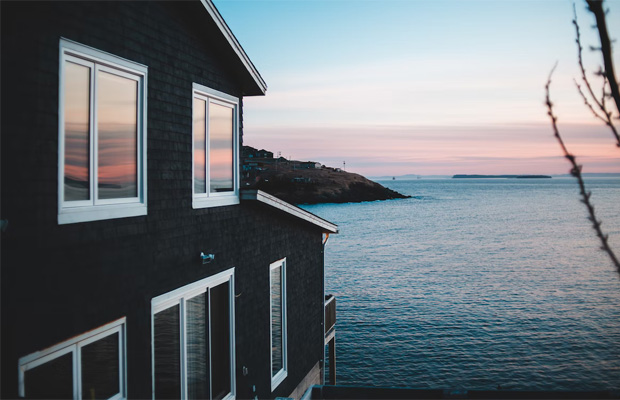
Evaluating Cost-Effectiveness
When deciding between restoration and replacement, several factors should influence your decision. Restoration typically costs 50-80% less than full replacement and creates less disruption to your home and daily life. It reduces environmental impact through materials conservation and preserves original architectural features. Another benefit is that restoration work can be completed incrementally as your budget allows, rather than requiring a large one-time investment.
There are potential limitations to consider as well. Restored windows may not deliver quite the same thermal performance as the very latest models with advanced technology. Restoration might not address fundamental design limitations of original windows, and some restoration work may need to be repeated in 5-10 years, whereas new installations typically come with longer warranties.
A practical approach is to assess windows individually rather than assuming all need the same treatment. In many homes, some windows may be perfect candidates for restoration while others—perhaps those facing harsh weather conditions or with more extensive damage—might genuinely need replacement.
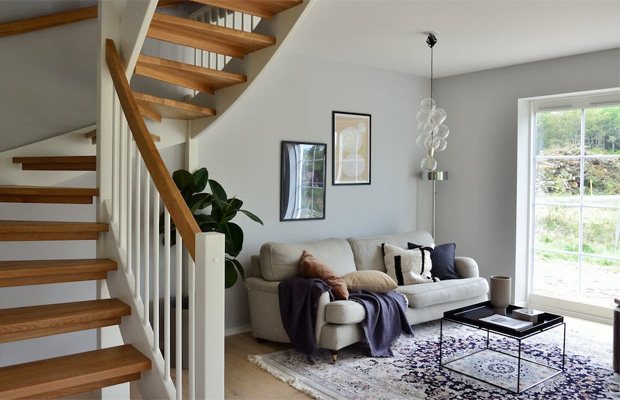
Finding Specialised Restoration Services
The growing field of double glazing restoration has led to the emergence of specialists who focus exclusively on reviving rather than replacing. When seeking restoration services, look for companies that specifically offer “double glazing repair” or “window restoration” rather than just installation services. Request references for similar restoration projects they’ve completed, and ask about warranties on restored components. Take time to inquire about their specific processes for addressing your particular window issues.
In areas like Southampton with exposure to coastal elements, it’s particularly important to find companies with experience dealing with the specific challenges of maritime environments. Salt-laden air can accelerate deterioration of certain components, and specialists familiar with these conditions will know which restoration techniques and materials offer the best longevity.
Conclusion
Double glazing restoration represents a cost-effective and environmentally sound approach to window problems. By addressing issues at their source—whether failed seals, operational difficulties, or cosmetic damage—restoration techniques can add years or even decades to window lifespan at a fraction of replacement costs.
While not every window can be saved, many more are candidates for restoration than homeowners might initially think. Before committing to the significant expense of wholesale replacement, consider consulting with restoration specialists who can assess your specific situation and recommend targeted interventions that preserve both your windows and your budget.
With the right approach to maintenance and timely restoration, your double glazed windows can continue delivering comfort, efficiency, and aesthetic appeal for many years to come.
Guest Article.




